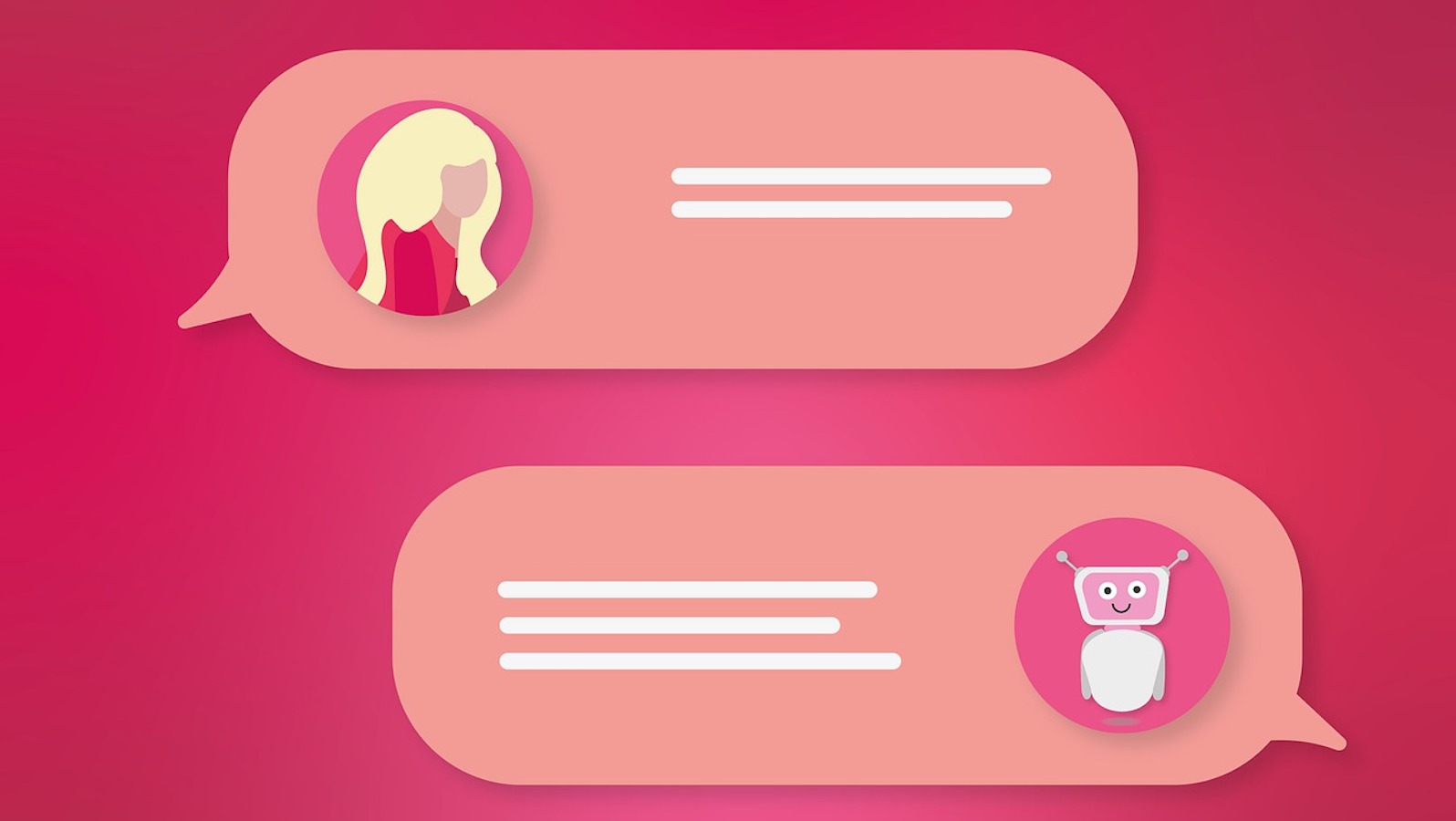The case for omni-channel capabilities is compelling. We are in an age where customers have many options for communicating. And the companies that can best provide them with capabilities to connect anytime, anywhere, via any method will increasingly be the winners. A recent personal experience highlighted both the potential and the pitfalls of providing omni-channel capabilities. Offering a variety of options can lead to increased customer engagement and retention, but poor execution can have the opposite effect.
On a recent day, bad weather was causing havoc for airlines and travelers. In the space of a few hours, I had four different itineraries due to delayed, canceled and re-routed flights. As a frequent flyer, I regularly rely on automated alerts regarding flight status, extensively use the airline app and leverage the call center to address significant changes or problems. Along the way, I also get confirmations or alert messages via e-mail and check the flight boards at the airport. All of these are great options for the company and customer to communicate. When the system works well, it is quite useful and gives me a leg up on other travelers with advance notice on changes.
Unfortunately, it does not always work well. On this challenging day, the various channels were hopelessly out of sync. I was getting automated calls from the airline giving me flight updates for flights that I was no longer booked on. The airline app indicated that I was still booked on yet a different (earlier) flight. I received e-mails about flight changes that had already been superseded by new flight changes. It was confusing, to say the least, and a frustrating customer experience.
See also: A Management Guide to Omni-ChannelThis example goes to show that near real-time synchronization is not always good enough. Actions do not need to be updated across all channels within seconds, but delays of 30, 60 or 120 minutes are unacceptable. You may be asking what this has to do with insurance, an industry that typically has interactions with customers only a few times a year. The answer is: If you are going to pursue true omni-channel operations, the system needs to work – and it needs to be real-time.
As the world becomes more digital and more connected, the frequency of interactions with customers will increase dramatically. Smart homes/buildings, wearable devices, connected vehicles and other rapidly emerging solutions offer great potential for the insurance industry. However, one implication is that the omni-channel environment will become even more complex, and the demands for real-time actions will increase. Imagine reacting to an alert from a smart home device regarding an overflowing sump pump. Not only is quick action required, it must also be synchronized with the homeowner’s app and any phone calls to or from agents or the insurer. Communicating frequently with customers to partner in risk management, improved health and well-being and financial management is the future of the industry. And those customers will want to communicate in every way imaginable (including talking to live human beings).
This is a cautionary tale. One can imagine the kinds of scenarios just described regarding travel delays if they were applied to insurance customers’ problems – and the same or similar negative effects that such disastrous communication could have on them. Omni-channel capabilities will have to be coordinated in context and in time to provide true customer satisfaction.








